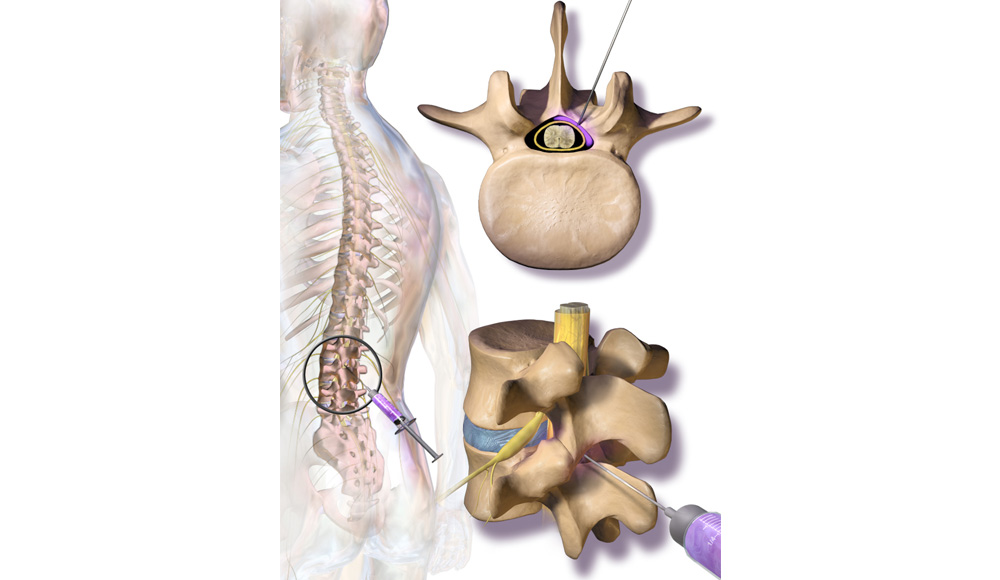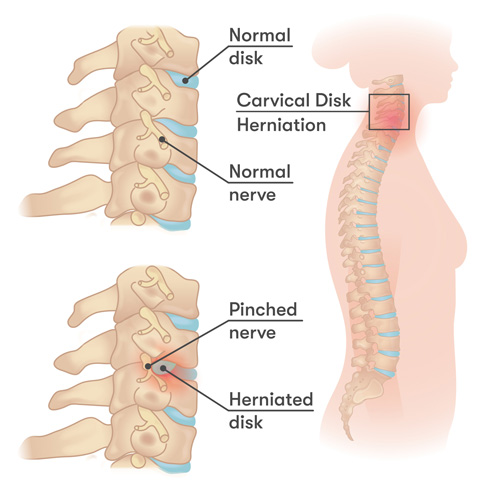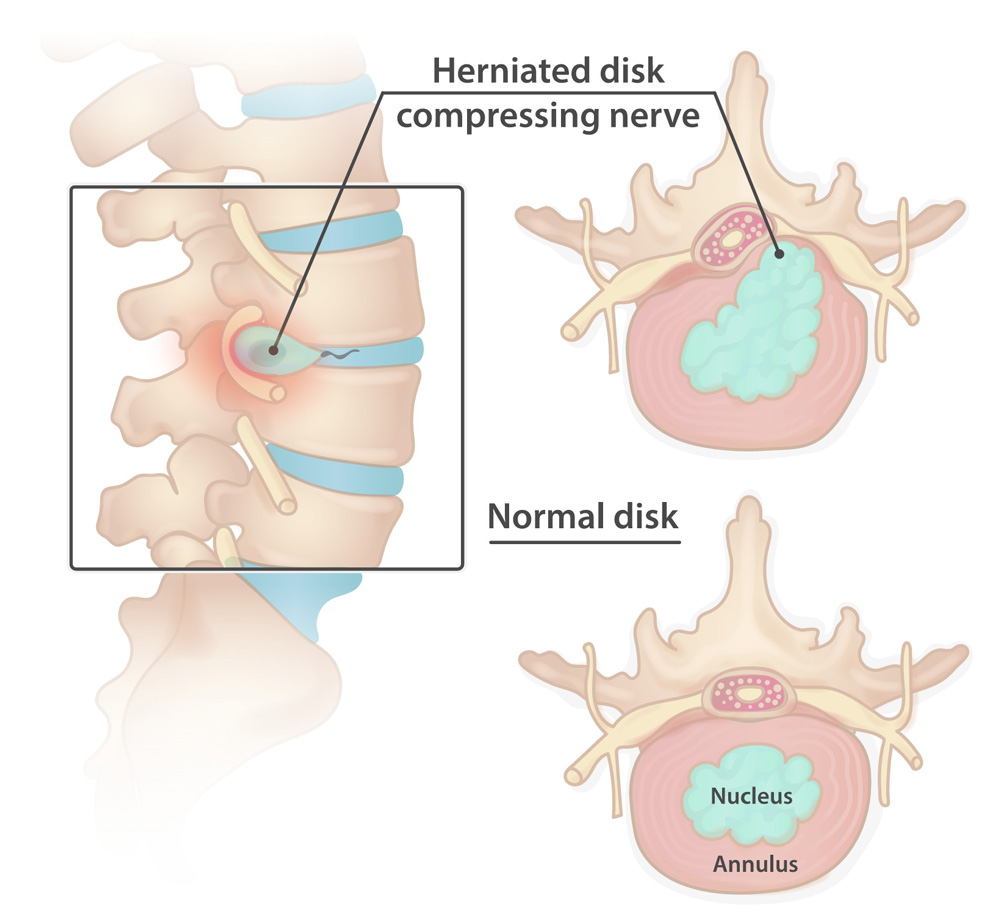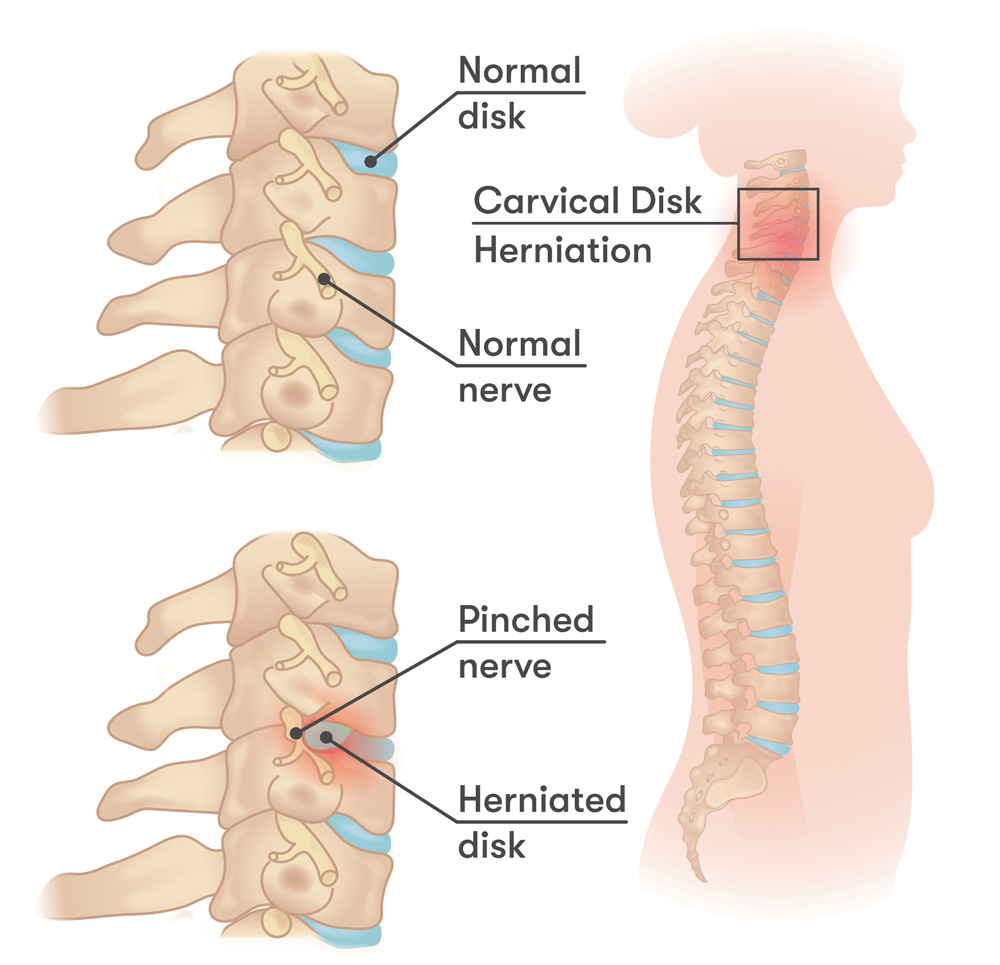Epidural Steroid Injection

What is an Epidural Steroid Injection?
- Post-Laminectomy Syndrome
- Chronic Post-Surgical Pain Syndrome
- Ruptured discs
- Degenerative disc disease
- Post-herpetic neuralgia or acute herpes zoster
- Spinal stenosis
- Spondylolisthesis
- Bulging discs
- Radiculopathy
- Herniated discs
- Sciatica
- Scoliosis


Types of Epidural Steroid Injections
Interlaminar Epidural Steroid Injection
- Neck pain radiating to the arms or hands
- Back pain radiating down both legs
- Degenerative disc disease
- Spinal stenosis affecting multiple nerve roots
- Generalized lower back pain
Transforaminal Epidural Steroid Injection
- Unilateral radiculopathy (pain running down one leg)
- Pinched nerves from herniated discs
- Radiculopathy in the neck or lower back
- Nerve root compression from bone spurs, spinal stenosis, foraminal stenosis, spondylolisthesis etc.
- Vertebral compression fracture
- Annular tears of the disk
- Facet Cyst
Caudal Epidural Steroid Injection
- Pain running down both legs
- Chronic lower back pain
- Post-surgical scarring or adhesions
- Spinal stenosis in the lower lumbar region
- Pelvic pain
How We Choose the Right Type of ESI for You
- Where your pain is: Whether it’s localized or radiates to other areas
- The condition you’re suffering: For example, sciatica or degenerative disc disease
- What MRI imaging shows: We will carefully review the MRI imaging to see exactly where there is nerve impingement that we can target with an injection.
- Your medical history: Previous treatments, surgeries, or how you responded to other therapies
- The severity of your symptoms: The intensity and duration of your pain

What to Expect During the Procedure
Preparation: Before the Procedure

Your doctor will perform a comprehensive history and physical exam, which may include imaging tests such as X-rays or MRIs, to confirm the diagnosis and plan the procedure.

Inform your physician about any medications or supplements you are taking, as certain medications, like blood thinners, may need to be paused before the procedure.

As you will be lying face down for the procedure we recommend that you refrain from eating for several hours beforehand.

Wear loose, comfortable clothing and arrange for someone to drive you home after the procedure.

You will review and sign a consent form and receive detailed guidance on what to expect before, during, and after the procedure.
During the procedure: The procedure usually lasts 10-15 minutes






After the Procedure: Post-Care

You will rest in a recovery area while your vital signs are monitored for about 15 minutes.

Many patients experience immediate or significant pain relief, though many also do not feel the full benefits until 2 weeks as the steroids take time to work. Mild discomfort at the injection site is normal and should subside within a few days.

Avoid heavy lifting, bending, or strenuous activities for the first week. However, light walking and routine daily activities are encouraged to aid recovery.

A follow-up appointment will be scheduled to review the results of the injection and discuss the next steps for long-term pain relief.
Benefits of Epidural Steroid Injections
Effective Pain Relief
Improved Mobility and Function
Minimally Invasive
Personalized Treatment
Quick Procedure, Quick Recovery
Reduced Need for Medications
Helps with Physical Therapy
Long-Lasting Results
Low Risk of Complications
Risks and Side Effects
F.A.Q
General Questions
- Temporary pain increase – Some patients may experience a brief increase in pain before the steroid takes effect.
- Infection – Though rare, there is a small risk of infection at the injection site.
- Bleeding – Patients with bleeding disorders or those on blood thinners may have an increased risk.
- Nerve damage – In rare cases, the needle may irritate or injure a nerve.
- Hormonal effects – Temporary changes in hormone levels due to the use of steroid medication, including mood swings, insomnia, or changes in appetite, may occur.
- Glycemic effects - temporary changes to blood glucose levels due to use of steroid medication, consult your primary care physician prior to any steroid use.
- Allergic reaction – Though uncommon, some patients may have an allergic reaction to the medication or contrast dye.
- Dexamethasone – A non-particulate steroid with a lower risk of complications, often preferred for cervical injections and transforaminal injections. This is the medication we use the vast majority of the time due to its favorable safety profile.
- Betamethasone – A particulate steroid that provides effective anti-inflammatory effects.
- Triamcinolone – A particulate steroid that stays longer in the space longer due its larger particle size, offering prolonged relief but increased risk due to the larger particulates.
- Methylprednisolone – Another particulate steroid commonly used for its long-lasting effects.
